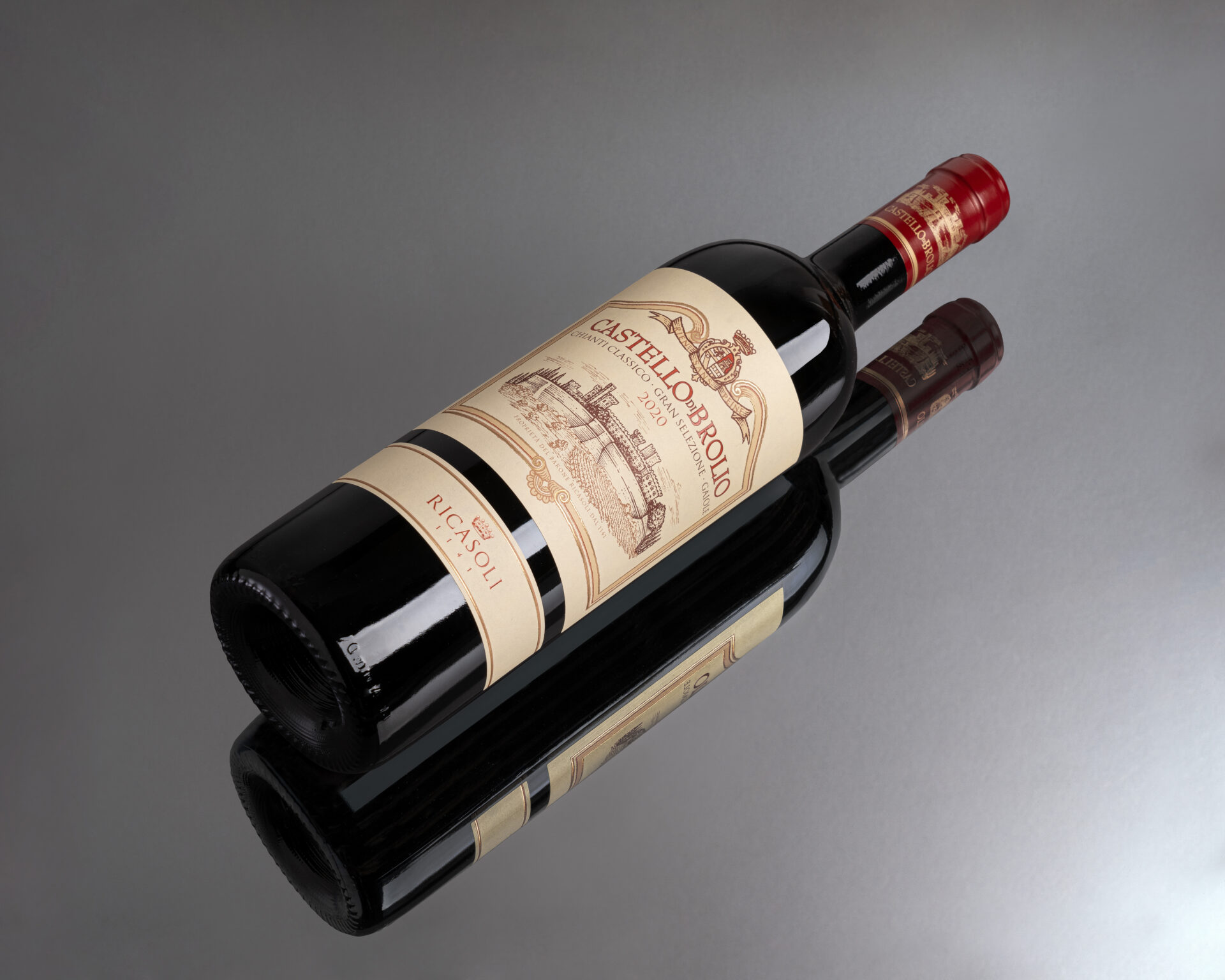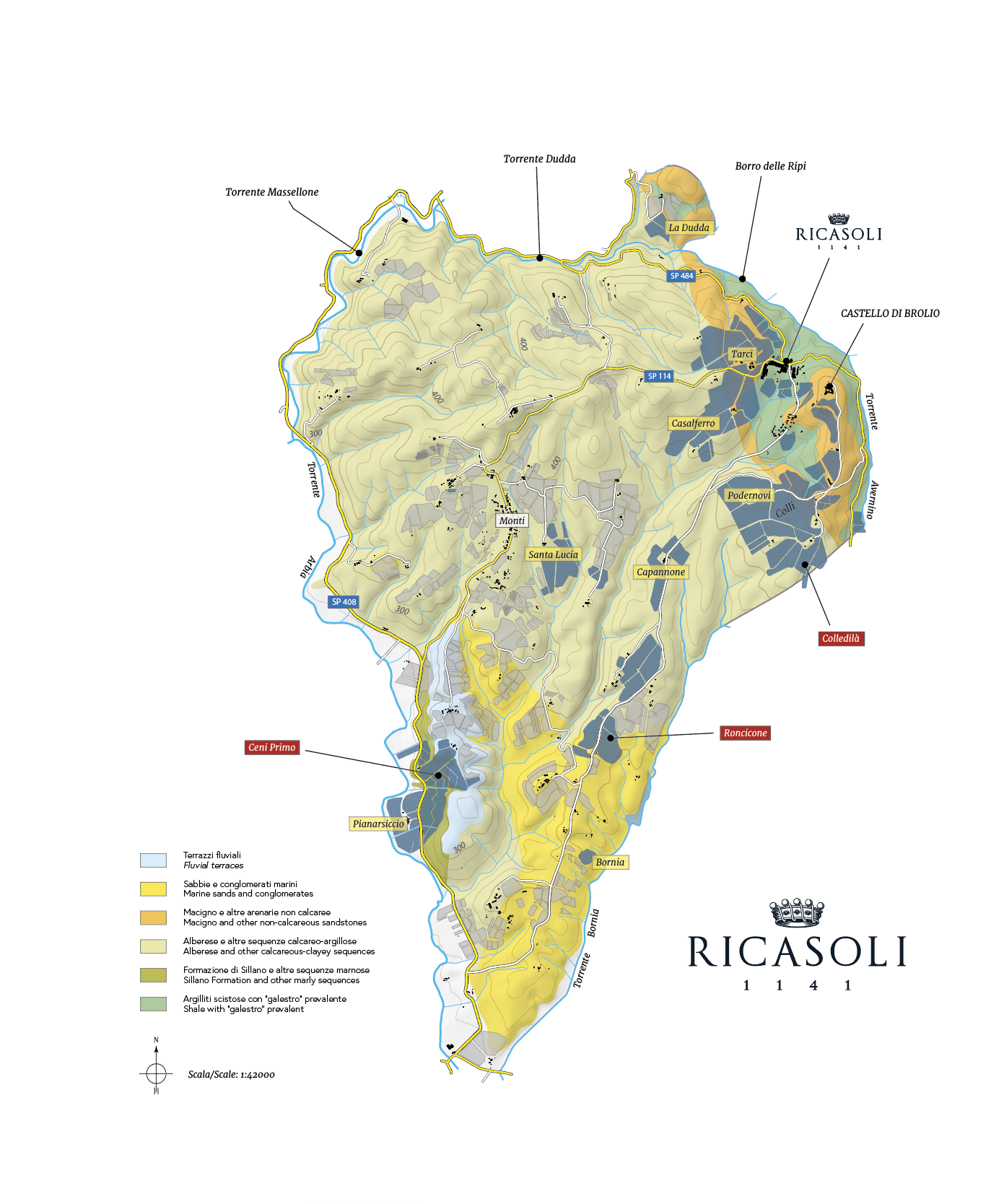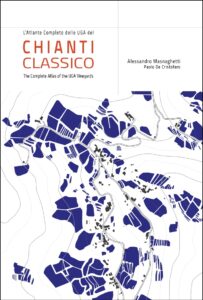
Ricasoli and the UGA of Gaiole
24 November, 2023

UGA (Unità Geografiche Aggiuntive): a strange looking acronym, which has occurred more and more frequently in the world of wine in recent times. The acronym indicates the Additional Geographic Units that divide the Chianti Classico region into 11 different zones, showing greater homogeneity within them. The approval of UGAs, dating back to 2021 and used on labels since the 2020 harvest, is a further step forward in enhancing one of the world’s most important wine regions, akin to other “great” regions such as the villages of Burgundy or places mentioned in Langa. Linking wine closely to its area of production is also extremely helpful for consumers who increasingly want to know in detail where the wine they are tasting comes from.
Francesco Ricasoli says, ‘UGAs are the result of a slow but inevitable process, arising from the awareness that our appellation has been working well for almost two decades, primarily in terms of the exponential growth in quality.’ The subdivision into what were once called sub-zones has been the natural endpoint for a relatively large region, with 70,000 hectares encompassing 7,200 hectares of vineyards suitable for producing Chianti Classico. ‘The UGA of Gaiole,’ Ricasoli continues, ‘is the most extensive within the appellation. Furthermore, within the Brolio estate, there are many pedoclimatic differences, particularly in relation to the soils, ranging from sandstone at higher altitudes to marlstone, alberese, and river deposits with their fossil shells.’ This varied terrain finds expression in the multifaceted richness of Ricasoli wines, the result of precision viticulture work that, since the 2000s, has meticulously studied the characteristics of its vineyards. This work has then allowed the creation of Colledilà, Roncicone, and CeniPrimo, the three Sangiovese crus, as well as the grand vin Castello di Brolio.
What are the characteristics of the UGA of Gaiole? Francesco Ricasoli summarises them as ‘Elegance, a pronounced drinkability, freshness with notes of violet and cherry. It is no coincidence that many of the world’s most award-winning wines come from this area, from this UGA!’
For those who want to delve into the topic, Chianti Classico: l’Atlante (the Atlas) by Alessandro Masnaghetti is a must-read. In this work, using detailed maps, he travels across the entire region, exploring it in depth and writing about its UGAs, and its vineyards: https://www.enogea.it/en/product/chianti-classico-the-atlas/.
The book is also available for purchase at our wine shop.







